
Essential oils are the core of Aromatherapy, but what are they really? Simply put: essential oils are concentrated, volatile liquids made by distilling or cold pressing plant materials. They come in tiny bottles and, when exposed to air, evaporate quickly.
Evolution of the Name
According to the
National Association for Holistic Aromatherapy (NAHA):
“The term ‘essential oil’ is a contraction of the original ‘quintessential oil.’ This stems from the Aristotelian idea that matter is composed of four elements, namely, fire, air, earth, and water. The fifth element, or quintessence, was then considered to be spirit or life force. Distillation and evaporation were thought to be processes of removing the spirit from the plant…” (Essential Oils Defined)
Since then, “quintessential” has been truncated to “essential”, because ultimately, these oils are essential and not just for the plants. Their chemical makeup makes them beneficial to our mental and physical state.
Chemical Makeup
A plant’s essential oil is a complex beast. The average essential oil contains 100 different chemical compounds, each with its own therapeutic property. There is a different and elaborate mixture of aromatic compounds in each oil, making them beneficial for a wide range of conditions.
Essential oils don’t have any fatty lipids or acids the way vegetable oils do. This is what makes them feel clean. For a comparison, try this at home: in a small bowl, place two drops of generic vegetable oil and in a second bowl, place two drops of essential oil. Then touch both drops.
The vegetable oil feels slimy while the essential oil is smooth, almost dry. This is due to the lack of fatty lipids and acids. The essential oil also evaporates very quickly and is immediately absorbed into the skin. Its chemical properties are more fragile than its vegetable cousin, so it will break down when in contact with air, skin, etc. and disappear. Which is one of the reasons why essential oils are packaged in a concentrated form; the other is because their natural state is too weak to have a significant impact.
Plant Spirits
Every plant, be it a flower, herb or tree, has tiny parts that secrete aromas and chemicals. These plant parts are located on a different section of each plant:
- Leaves (eucalyptus)
- Berries (juniper)
- Grasses (palmarosa)
- Flowering tops (lavender)
- Petals (rose)
- Roots (angelica)
- Zest (orange)
- Resins (frankincense)
- Wood (cedar)
(
Source: Essential Oils – what they are; Quinessence aromatherapy)
Aromatherapy uses these secretions to affect your mental and physical state. However, filling a room with potted plants is impractical, and the plants themselves only secrete these beneficial compounds in small doses.
Essential oils were developed to harness these secreted compounds into a concentrated substance that will have greater effect without cluttering your space with floral obstacles.
Making Oils
Extracting the essential oil from the plant can be done via Distillation or Expression.
Distillation is the most common method of extracting essential oils. It’s the process of extraction using steam, water or a combination of both to separate the oils from the plant material.
In water distillation, the plant is placed on a grill inside the still and boiling water is pushed through to consume the plant. The “volatile constituents” (aka the parts of the plant that make up essential oils) are separated from the heavier materials (aka the plant material) and rise up through the pipe at the top of the still. It travels along the pipe to a container. Water distillation is commonly used for flowers because they tend to clump together and block the steam from getting through.
In steam distillation, the plant is placed on the grill and steam is injected at a high pressure into the still. Steam passes through the plant material, heating it up and separating the volatile constituents from the rest of the organic materials. The steam-essential oil mixture passes through the pipe and into the waiting container. Steam distillation is the most common form of distillation.
In water and steam distillation, the plant material (usually herb or leaf) is placed on the grill with water underneath. Steam is added to the still from an outside source, passing through the grill with the water and pulling the volatile constituents into the pipe. They all travel through the pipe together and into the waiting vessel.
After the steam/water/essential oil mixture has landed in the vessel, it’s left to settle and cool. Essential oils, much like every other oil, doesn’t mix with water and will sit on the top like a sparkling film. The producer then skims this off the top and puts it in a special bottle.
Expression is used for citrus essential oils – orange, lemon, tangerine, lime – and involves puncturing the skins (or rinds) of the citrus fruit and then spinning it to release the essential oils. The oils and juices are filtered into a container and spun. The force separates the essential oils from the juice so that it can be bottled.
This process is also known as cold pressing because the traditional method was a bit different, and more time consuming. The rinds were soaked in warm water and then pressed with a sponge, which soaked up the essential oils. The sponge was then drained into a container and the liquids left to separate so the essential oils could be siphoned off.
Read more about how Essential Oils are made in this article on the NAHA website.
Uses
Essential oils are most commonly used in Aromatherapy –
read Aromatherapy 101 for more information. They are also used in perfumes and fragrances, to enhance the scent factor. Essential oils come in pure and blended forms; pure is just one essential oil (i.e. Tea Tree oil); while blended is a combination of several different essential oils. Blended essential oils are great for people new to aromatherapy that are looking for whole-body treatment. The pure essential oils tend to be more targeted to specific conditions, such as relaxation, stress-management, digestion, congestion and more.
Now that you’re more familiar with essential oils, it’s time to go out and smell some for yourself!
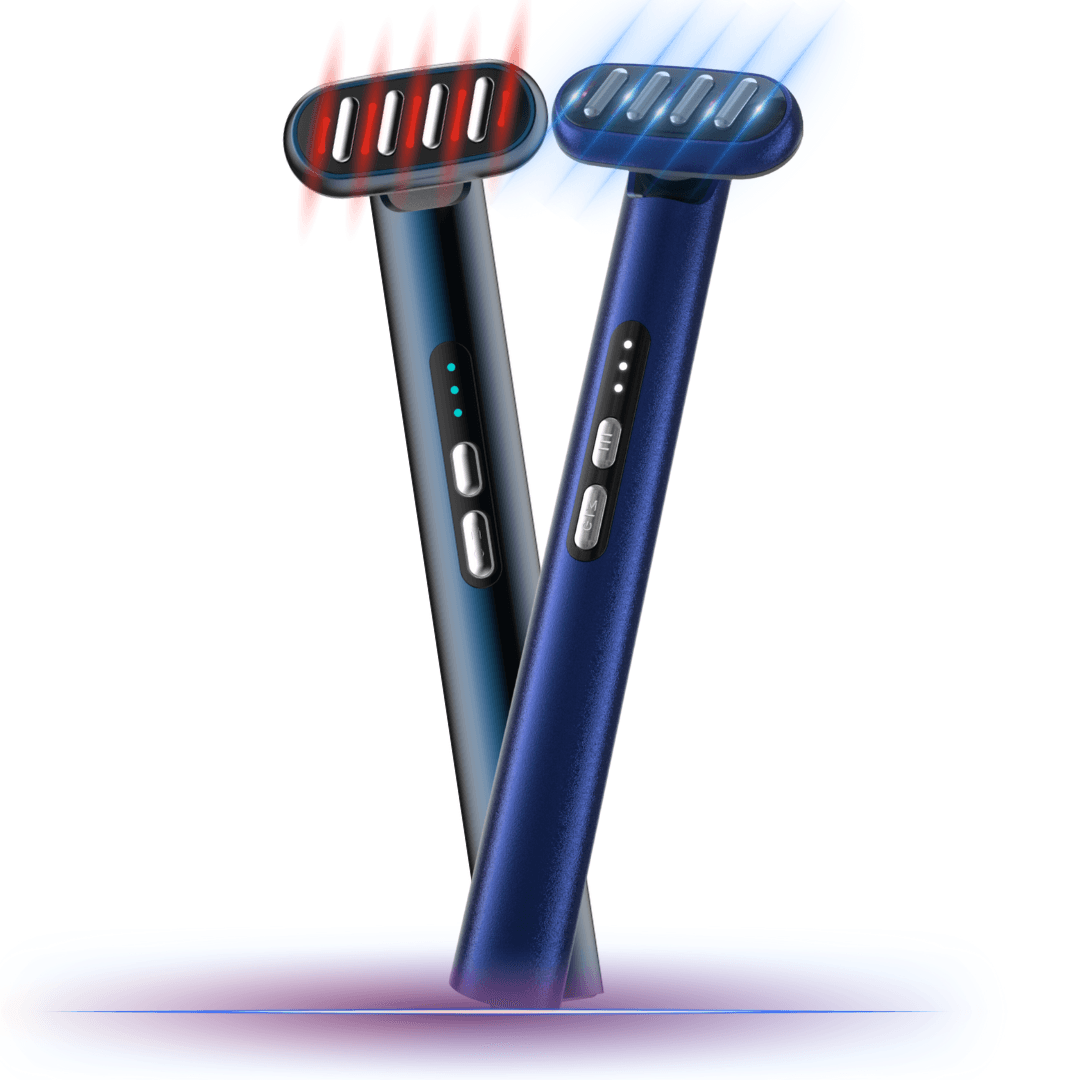
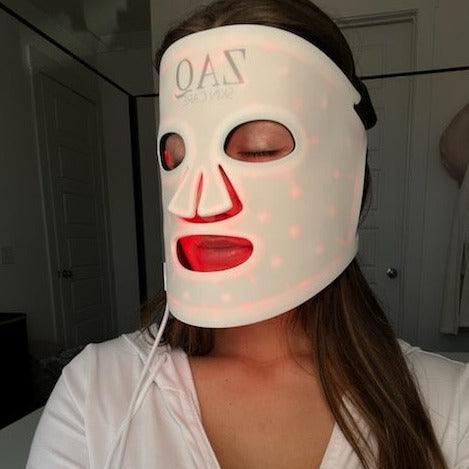
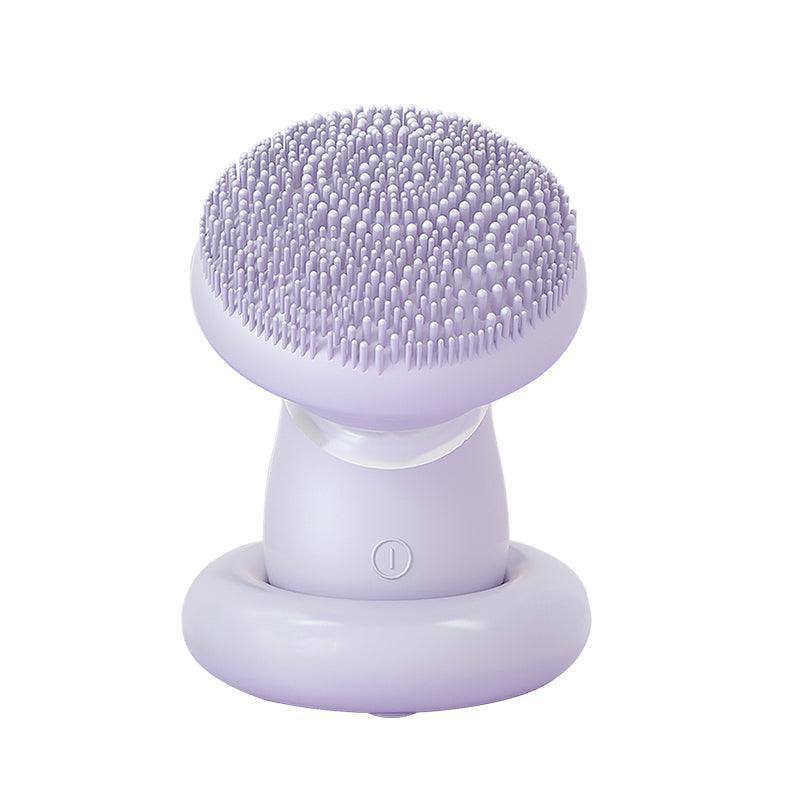
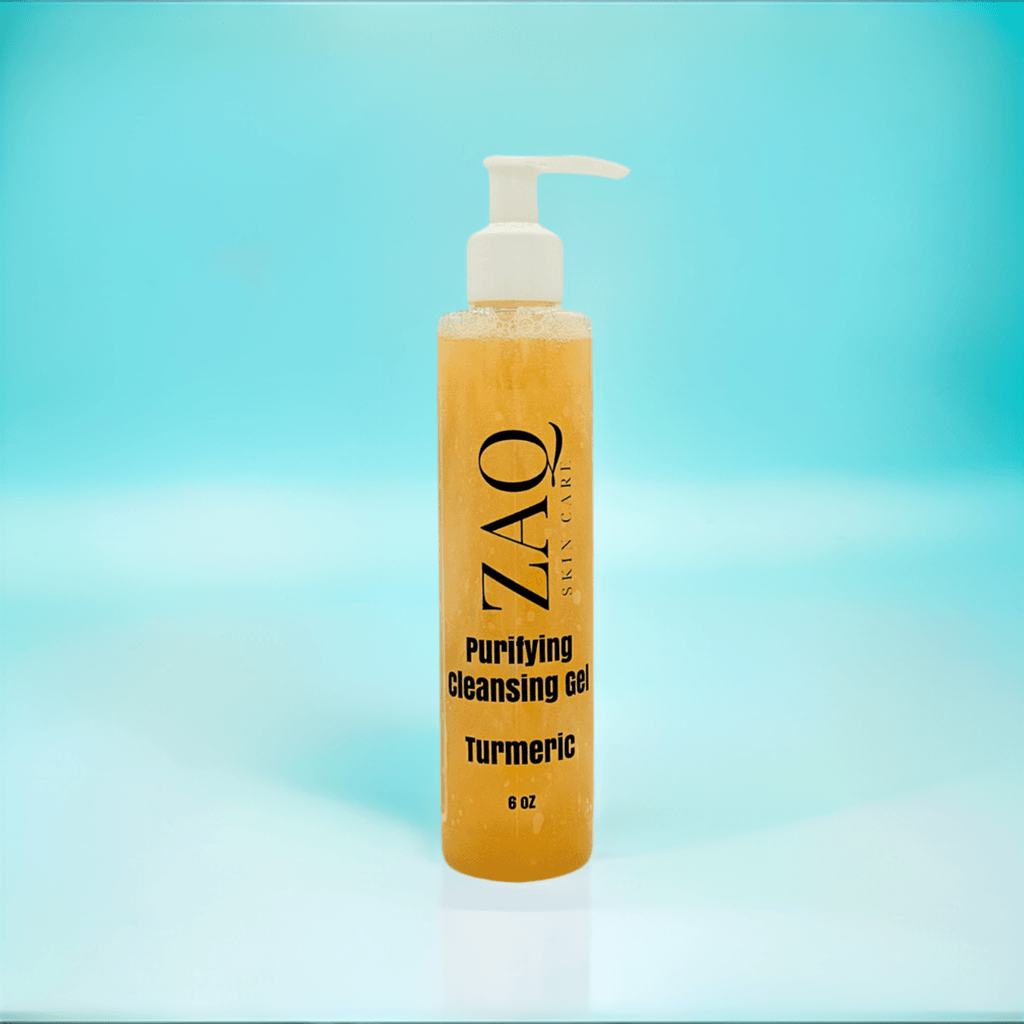
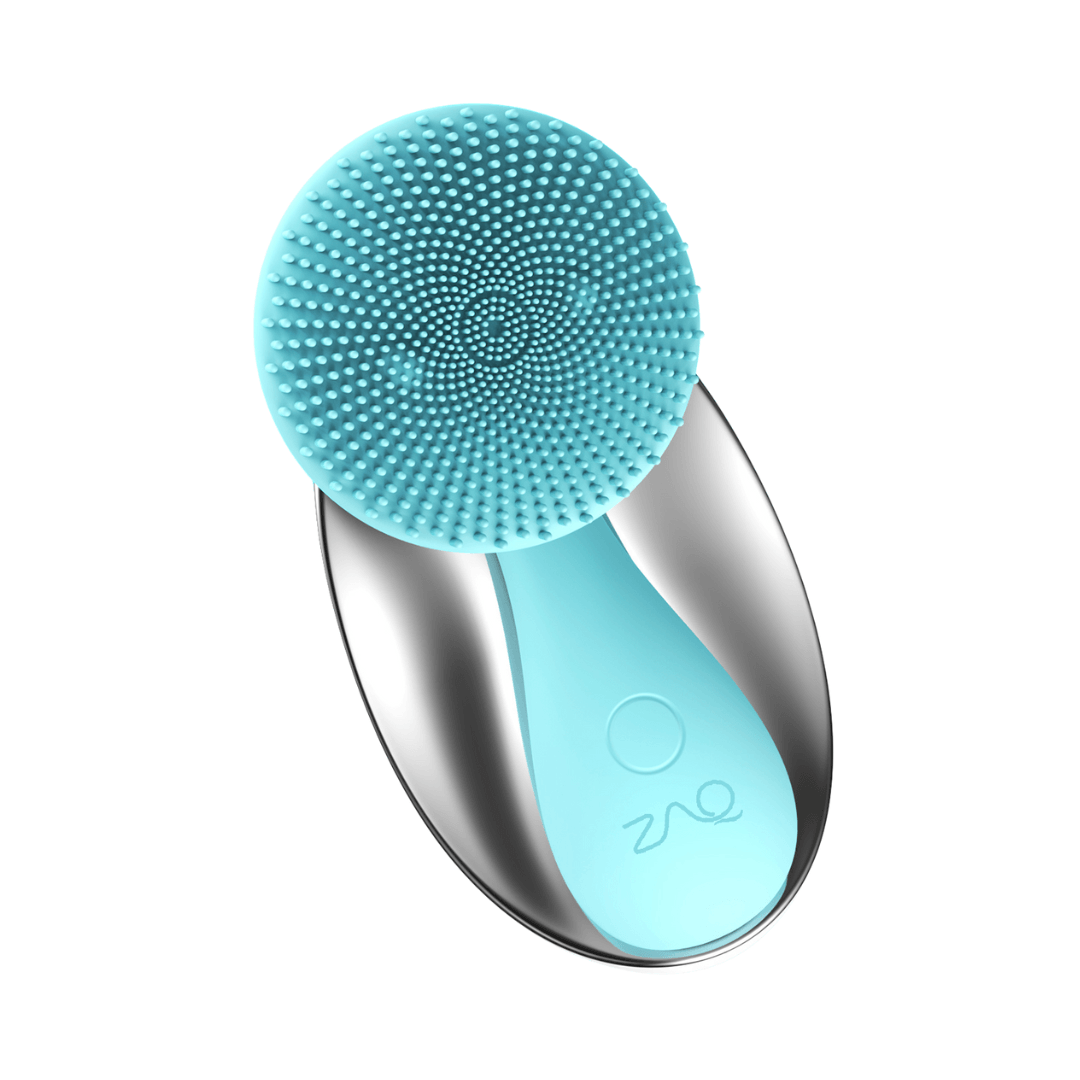
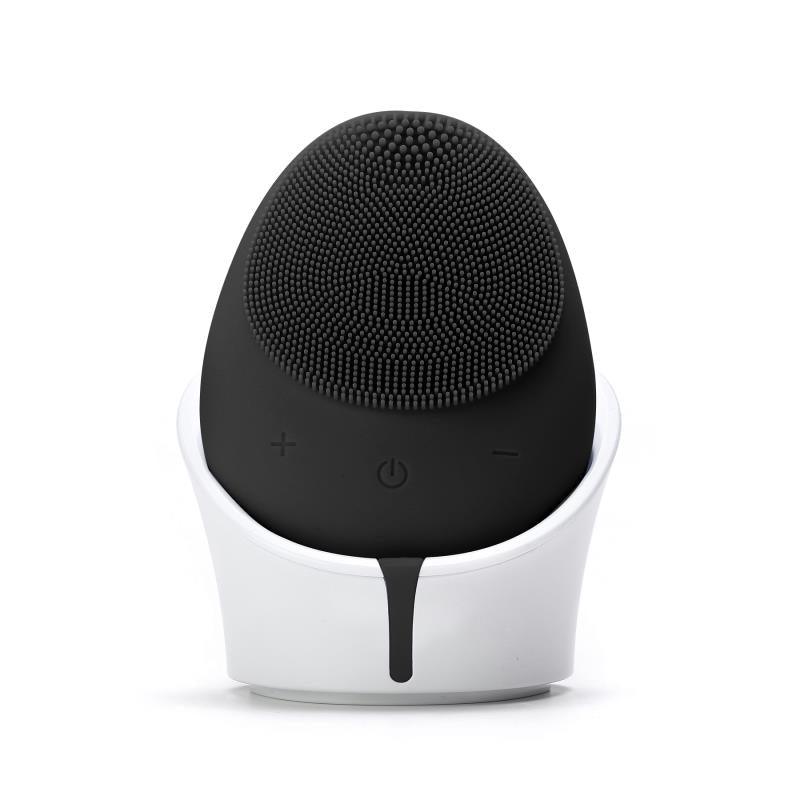
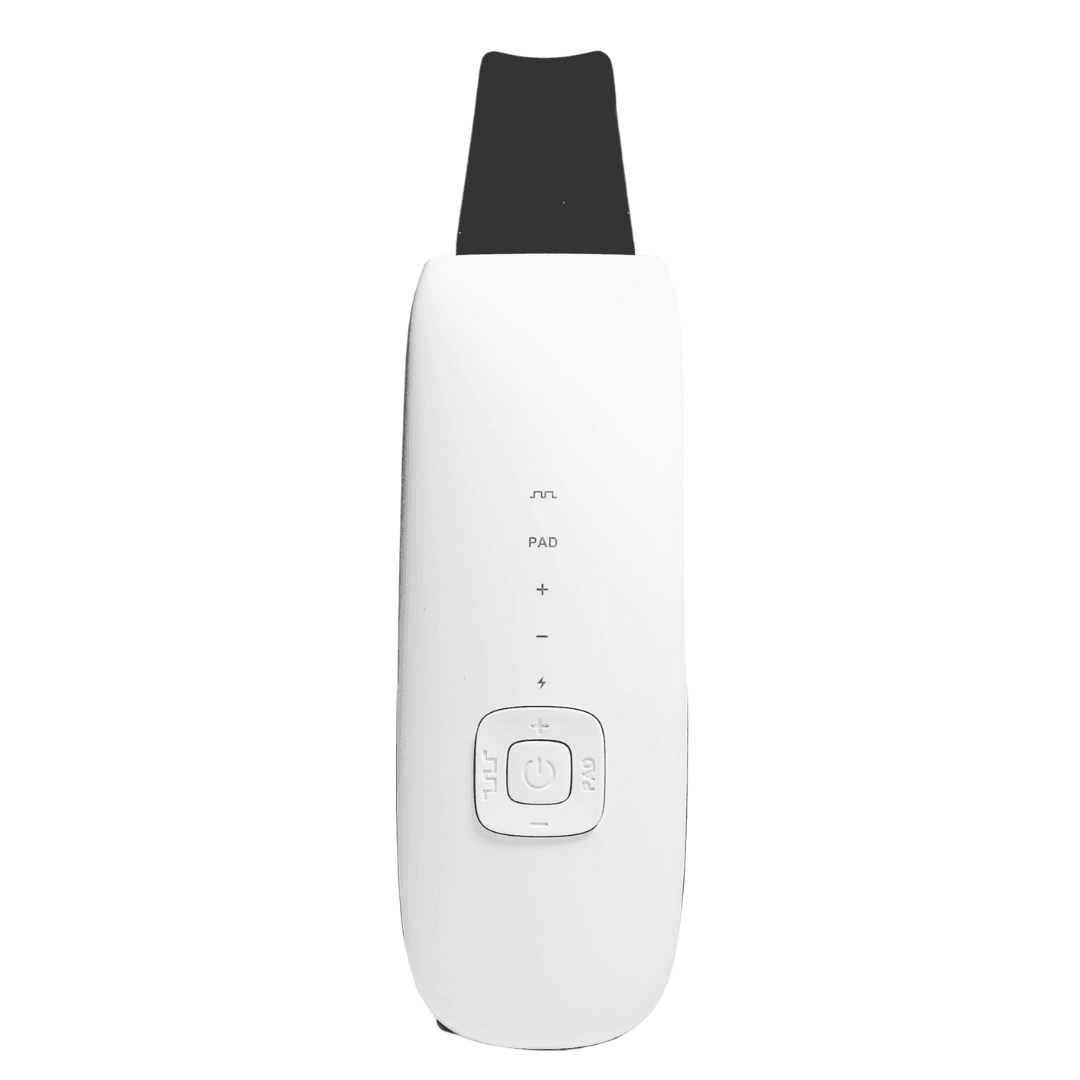









































 Essential oils are the core of Aromatherapy, but what are they really? Simply put: essential oils are concentrated, volatile liquids made by distilling or cold pressing plant materials. They come in tiny bottles and, when exposed to air, evaporate quickly.
Essential oils are the core of Aromatherapy, but what are they really? Simply put: essential oils are concentrated, volatile liquids made by distilling or cold pressing plant materials. They come in tiny bottles and, when exposed to air, evaporate quickly.